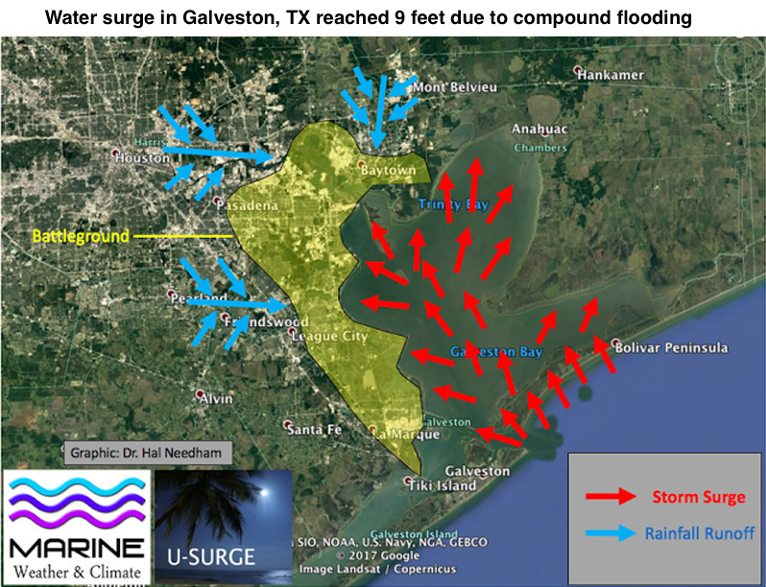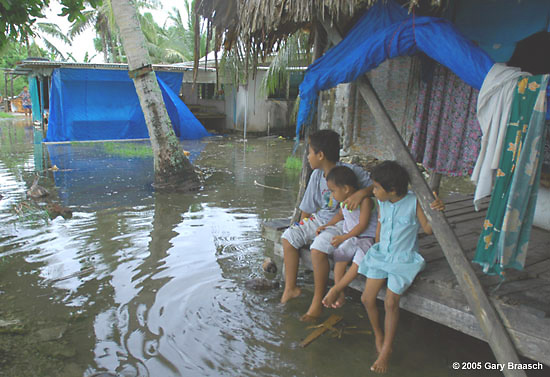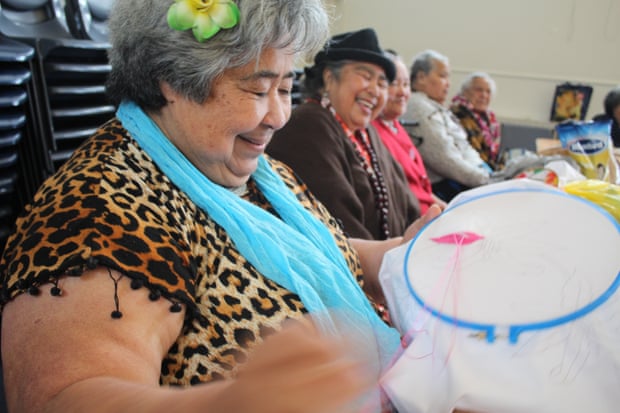This is a legacy course site from 2020.
Neural Networks for Object Recognition and Disaster Planning
Convolutional Neural Networks (CNNs) are neural networks that can process images and identify objects within them. Although these methods of machine learning have been around for a long time, it was only within the past 10 years that the error of image classification was reduced to 15%, leading many companies… read more
Flooding from all directions: How compound flooding threatens urban areas in Oceania
What is Compound Flooding? When it comes to flooding in Oceania, the conversation is often dominated by the danger of sea level rise, as this has become one of the defining characteristics of climate change in the region. However, flooding can occur through other mechanisms, which when excluded from resiliency… read more
Great Power Relations with Oceania Nations
Under the assumption that the current trajectory toward irreversible climate change will continue, this post examines the most likely populations that will move and the pre-existing connections they have to other, larger nations. *An important note: this post does not examine intra-regional migration, but rather discusses the role of larger… read more
Making sense out of billions of dollars: the FY21 Budget
The Fiscal Year 2021 budget recently released by the White House has captured the attention of Pacific watchers. The Trump administration’s goal to “frustrate Chinese efforts to shape the Indo-Pacific in its image” as part of their larger desire to re-calibrate from the global war on terror to “focusing on… read more
Pandemics & Informal Work in Developing Countries
With the World Health Organization declaring COVID-19 a pandemic, proactive social distancing is finally kicking in. Public gatherings are being discouraged and immediate travel bans from countries with higher rates of infections are containing further spread. Meanwhile, increased hoarding of facemasks, hand-sanitizers, toilet paper, and soap are adding to and… read more
Defining populations at risk and where they may migrate
Migration from and within the Oceania region is likely to occur as a result of climate change and related extreme weather events. Thus, it is necessary to ascertain which populations are most at risk of forced displacement due to inhospitable living conditions and to where they are likely to relocate.… read more
Perspectives on Chinese and American HADR in the Indo-Pacific Region
With nearly sixty percent of total disaster-related deaths — more than two million since 1970 — the Indo-Pacific is the most disaster-prone region in the world. This number should not come as a surprise considering the region’s massive population, the number of people living at or near coastal areas, and… read more
Room to Step-Up: Australia’s Bid to Maintain Influence in Oceania (2/2)
Australia’s preeminent role in the Pacific may be subject to change. While many think the looming threat to Australian leadership is increased Chinese interest in the region, the greater threat may very well be Australia’s response, or lack thereof, to regional climate threats. This article series explores Australia’s partnership with… read more
Does the ‘Kiwi Dream’ still exist for Pasifika Peoples?
Much like in the United States, the concept of the “Kiwi Dream” was born out of the idea that a growing economy and strong work ethic could provide a platform for social and economic mobility, regardless of one’s background. For many Kiwis, this dream manifested itself in the idea of… read more









